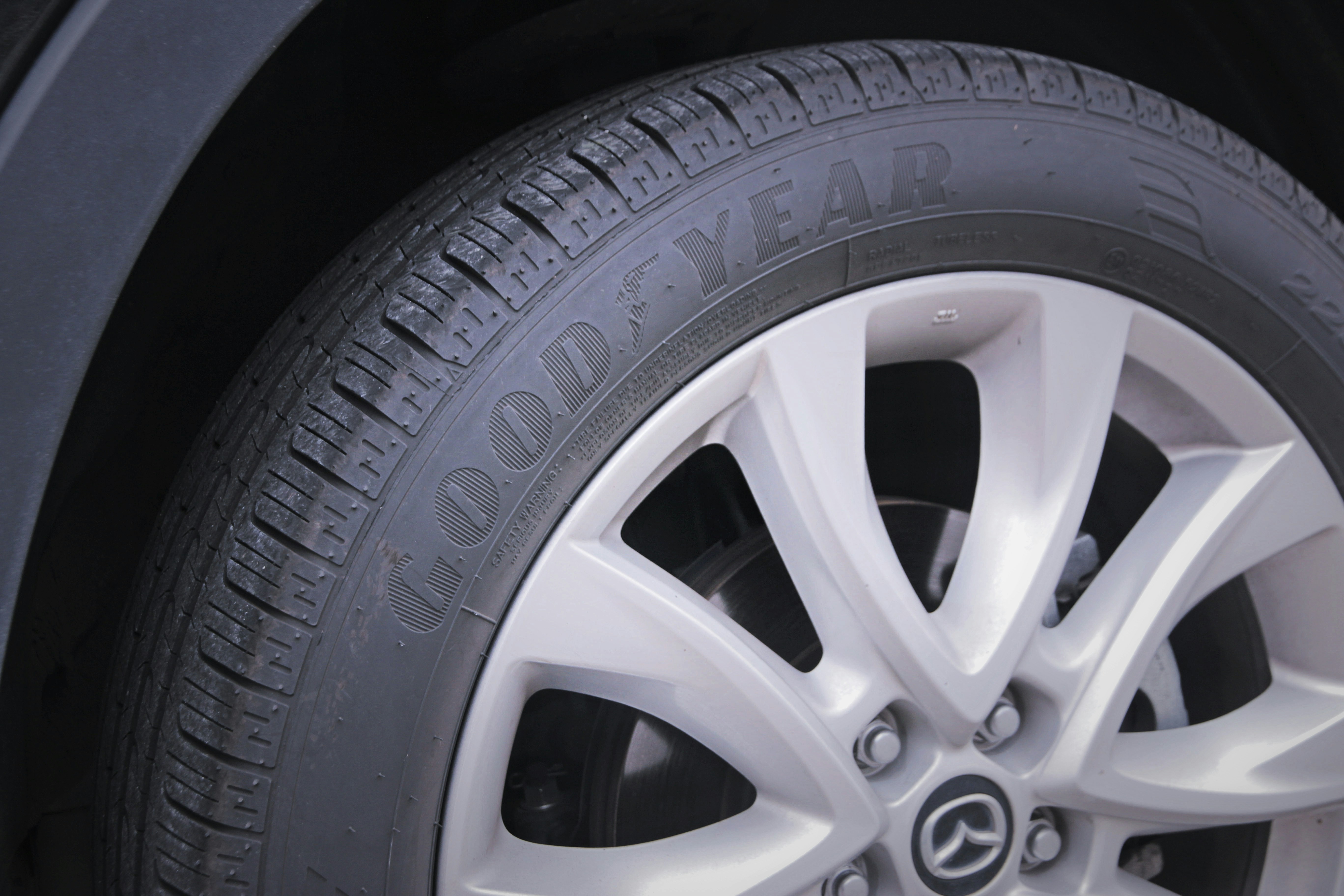Unraveling the Intricacies of Continuously Variable Transmissions
Driving a car with a Continuously Variable Transmission (CVT) can be a unique experience. Gone are the traditional gear shifts, replaced instead by a smooth, seamless transition that delivers optimal power and fuel efficiency. The concept of CVT isn't a recent innovation. Its origins can be traced back to the late 15th century when the great inventor, Leonardo da Vinci, sketched a rudimentary design for a stepless gear system. However, it wasn't until the 20th century that manufacturers started to explore this technology, with DAF introducing the first CVT-equipped car in the 1950s. Over the decades, advances in material science and computerized control systems have allowed CVTs to become more efficient, reliable, and capable of handling higher torques.

The Mechanics of Smoothness: How CVTs Work
Unlike conventional automatic or manual transmissions, a CVT doesn’t use gears to achieve different speed ratios. Instead, it uses two pulleys connected by a belt or chain, with the diameter of one pulley adjusting to change the gear ratio. This creates a seamless transition between a wide range of gear ratios, providing optimal power and fuel efficiency at all times.
The Widespread Adoption: CVT in the Modern Automotive Landscape
Today, CVTs are widely used in a variety of vehicles, from small city cars to larger SUVs. The key drivers behind this adoption are fuel efficiency and the smooth driving experience provided by CVTs. Car manufacturers like Nissan and Subaru have embraced this technology in their vehicles, and it’s not uncommon to see CVTs in hybrid vehicles, where the technology complements electric powertrains.
The Road Ahead: The Future of CVTs
The future of CVTs appears bright, with ongoing research aimed at improving their durability and efficiency. Some manufacturers are exploring the use of new materials to increase torque capacity, while others are investigating ways to mimic the feel of traditional gearshifts to appeal to driving enthusiasts. Despite these challenges, CVTs are set to continue playing a significant role in the automotive industry.
The Impact: Pros and Cons of CVTs
Like all technologies, CVTs come with a mix of benefits and drawbacks. The main advantages include improved fuel efficiency and a smoother, more responsive driving experience. However, some drivers miss the sensation of gear shifts, and early CVTs were criticized for their reliability issues. Manufacturers have worked hard to address these concerns, and modern CVTs are generally more robust and reliable.
In conclusion, Continuously Variable Transmissions represent an intriguing intersection of history and innovation in the automotive industry. They offer a smooth, efficient driving experience, and despite some challenges, they continue to gain popularity among manufacturers and drivers alike. As we look to the future, it’s clear that CVTs are here to stay, contributing to the evolving narrative of automotive technology.




